Signs Your Septic Pump Needs Pumping and How Often to Do it
Discover how to keep your septic pump in good condition with simple do-it-yourself techniques to prevent expensive repairs and potential health risks, brought to you by Economy Septic Service, INC.
Septic Pump Basics
One of the most important aspects of septic system maintenance is ensuring that the septic pump is functioning properly. Septic pumps are responsible for moving wastewater from the tank to the drain field, and if they fail to do so, you could be left with a messy and expensive problem. One sign that your septic pump needs pumping is when you start to notice slow drains or backups in your home’s plumbing fixtures. This can indicate that the tank is full and needs to be emptied.
Experts recommend having your septic tank pumped every 3-5 years, depending on its size and usage. However, it’s important to note that this timeline may need to be adjusted based on factors like household size, water usage habits, and overall system health. Regular pumping can help prevent clogs or backup issues while also extending the lifespan of your septic system components. Keeping track of when your last service was completed can help ensure timely maintenance to avoid costly repairs down the road.
Common Signs of Needed Pumping
One of the most common signs that your septic pump needs pumping is when you start to notice slow drains, gurgling sounds, or bad odors coming from your plumbing system. When the tank is full, it can no longer handle additional waste and this can cause backups in your home’s drainage system. If left untreated, this can result in sewage backing up into your home.
Another sign that your septic pump may need pumping is if you notice wet spots on the ground around the drain field area. This indicates that there could be an issue with the drainage system and that wastewater may not be properly filtering through the soil as it should.
It’s important to have regular maintenance for your septic tank every 3-5 years depending on usage. Regular maintenance helps ensure the optimal performance of your septic tank which reduces the risk of any issues arising in the future such as clogs or leaks. Proper care will also help extend its lifespan so you won’t have to worry about costly replacements anytime soon.
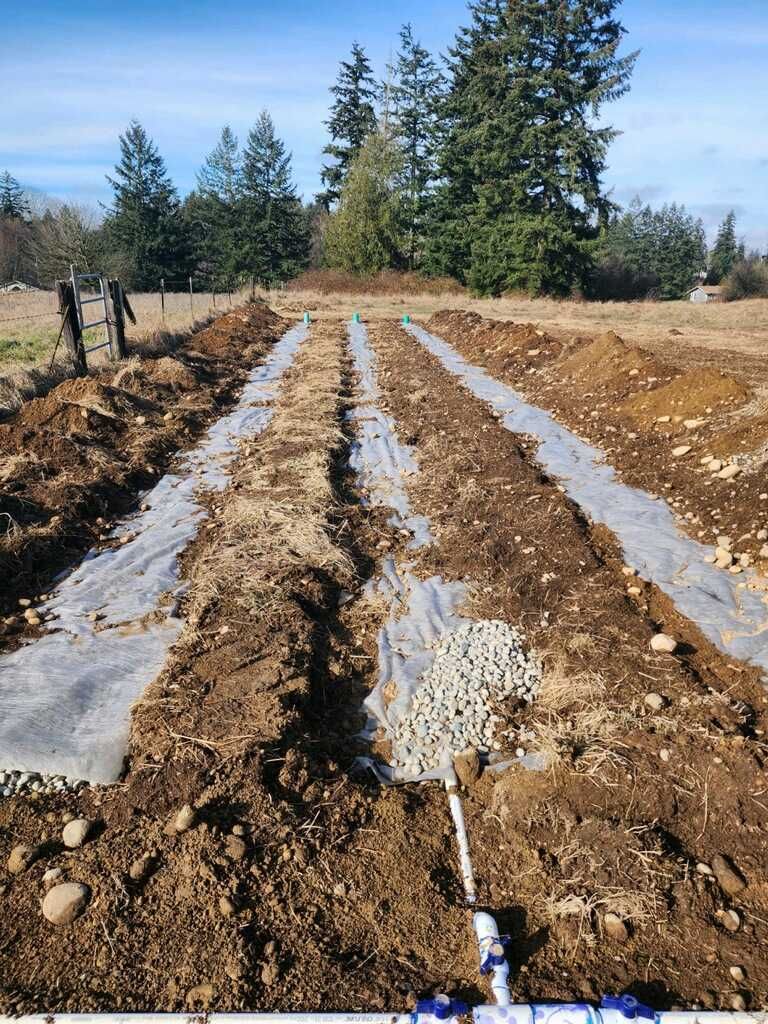
Dependence on Use and Capacity
Dependence on use and capacity are two critical factors that can affect the frequency of septic pump pumping. The more people in the household, the more wastewater is generated, resulting in a higher demand for pump-outs. Additionally, larger tanks need to be pumped less frequently than smaller ones since they have a greater storage capacity.
There are several signs that your septic tank needs pumping, including slow drainage, gurgling sounds from pipes or drains, and sewage backups. To avoid these problems, it is recommended that you have your septic tank pumped every three to five years if you have a typical 1,000-gallon septic tank and regular usage. However, frequent usage or heavy water use may require more regular pumping.
In conclusion, understanding the dependence on use and capacity is necessary when it comes to maintaining your septic system properly. Monitoring your system’s performance regularly and scheduling routine maintenance with a professional team like ours at XYZ Septic Pumping Services when needed will ensure optimal functionality for many years to come while avoiding preventable issues such as backups or drain failure caused by neglecting your system’s maintenance schedule.
Frequency Guidelines for Pumping
One of the most important aspects of maintaining your septic system is knowing when and how often to pump it. Depending on factors such as the size of your tank, the number of people in your household, and your water usage habits, you may need to have your septic tank pumped every 1-5 years. It is essential to follow a regular pumping schedule to prevent backups and costly repairs.
If you notice signs that indicate that it’s time for a septic tank pumping, don’t wait until it’s too late. Some common signs include slow-draining sinks or toilets, gurgling sounds coming from pipes, sewage odors inside or outside of your home or property, and standing water near the drain field. Regular inspections can also help identify any potential problems before they become major issues.
In addition to following recommended pumping schedules based on household size and usage habits, there are some other basic guidelines you can follow to keep your septic system healthy. Be mindful of what goes down the drain (avoid flushing non-biodegradable items like wipes), conserve water whenever possible (fix leaks promptly), and enlist professional help when needed (such as if you suspect a clog). By keeping up with these frequency guidelines for pumping and taking preventative measures throughout the year, you can help ensure that your septic system stays in good working order for years to come.
Cost Considerations for Pumping
When it comes to pumping your septic system, the cost is always a consideration. The price of pumping can vary depending on a few factors such as the size of your tank and the location. Larger tanks will require more time and manpower to pump, which can increase the overall cost. Additionally, if your tank is located in a hard-to-reach area or requires special equipment, it may also increase the cost.
However, it’s important not to let cost be the only factor when deciding when to pump your septic system. Waiting too long between pumpings can lead to bigger problems down the line such as sewage backups and damage to your drain field. On average, most households should have their septic system pumped every 3-5 years although this number can vary based on usage and other factors specific to your household.
Overall, while cost is an important consideration when it comes to pumping your septic system, it’s crucial not to sacrifice proper maintenance for short-term savings. By staying on top of regular pumpings and addressing any signs of trouble early on, you can prevent costly repairs in the future.
Prevention Strategies for Septic Systems
One of the key prevention strategies for septic systems is regular pumping. How often you do this will depend on several factors, including the size of your tank, the number of people in your household, and whether or not you use a garbage disposal. As a general rule, it’s recommended that you have your septic tank pumped every three to five years.
However, there are also signs to look out for that may indicate your septic pump needs pumping more frequently. These can include slow drains, unpleasant odors coming from your plumbing fixtures, or even sewage backups into your home. If you notice any of these warning signs, it’s important to act quickly and have your system inspected by a professional.
In addition to regular pumping and prompt action when problems arise, there are other steps homeowners can take to prevent issues with their septic systems. This includes being mindful of what goes down the drain (such as avoiding flushing non-biodegradable items like wipes), conserving water usage, and scheduling regular inspections with a professional service provider. By taking these precautions, homeowners can help ensure their septic systems function properly for years to come.
Contact a Professional
If you are experiencing issues with your septic system, it may be time to contact a professional. Signs that your septic pump needs pumping include slow drains, gurgling sounds from the plumbing, and foul odors in or around your home. Additionally, if you have not had your septic system pumped in more than three years, it is recommended to schedule an appointment with a professional.
Septic pumping professionals have the necessary equipment and expertise to safely and efficiently remove waste from your tank before any serious problems occur. Neglecting to maintain your septic system can lead to costly repairs and potential health hazards for you and your family. To ensure the longevity of your septic system and avoid any unnecessary expenses, it is important to contact a professional when signs of dysfunction arise or as part of routine maintenance every three to five years.

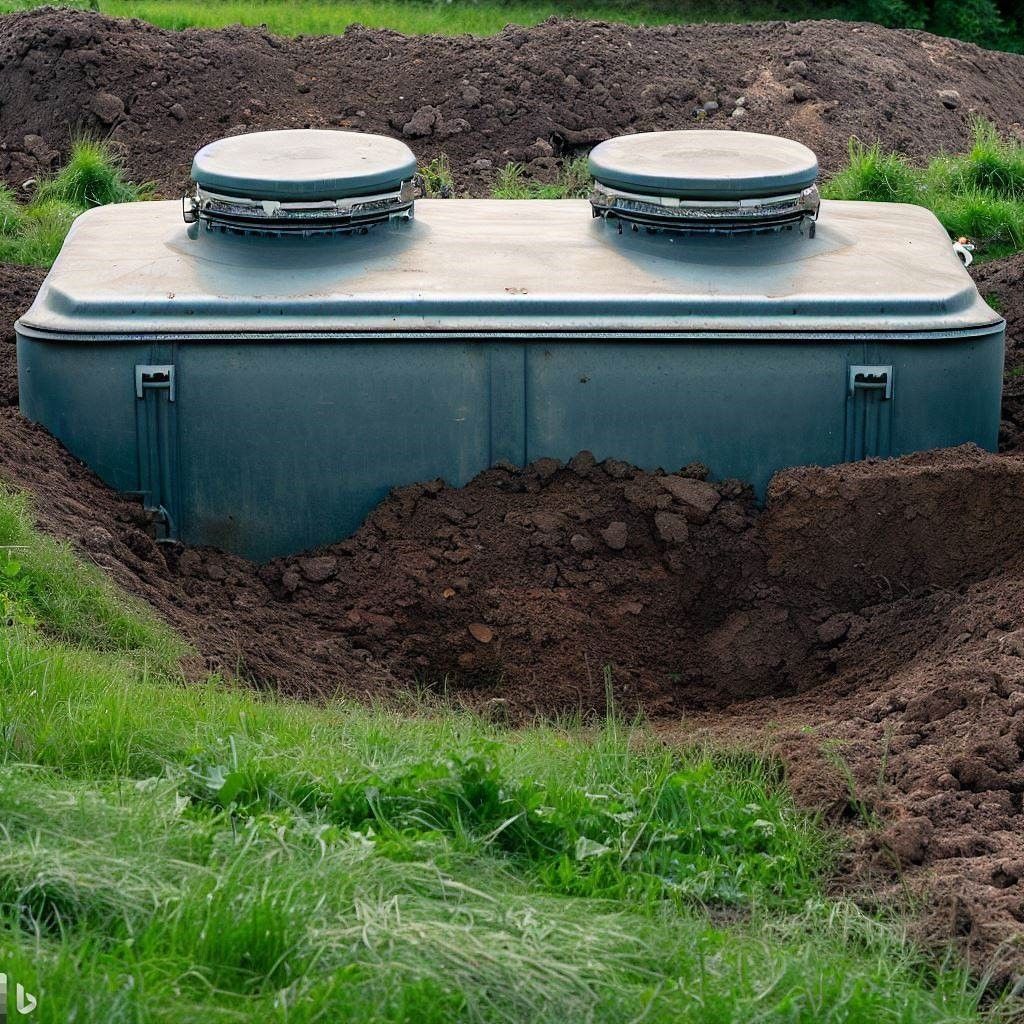
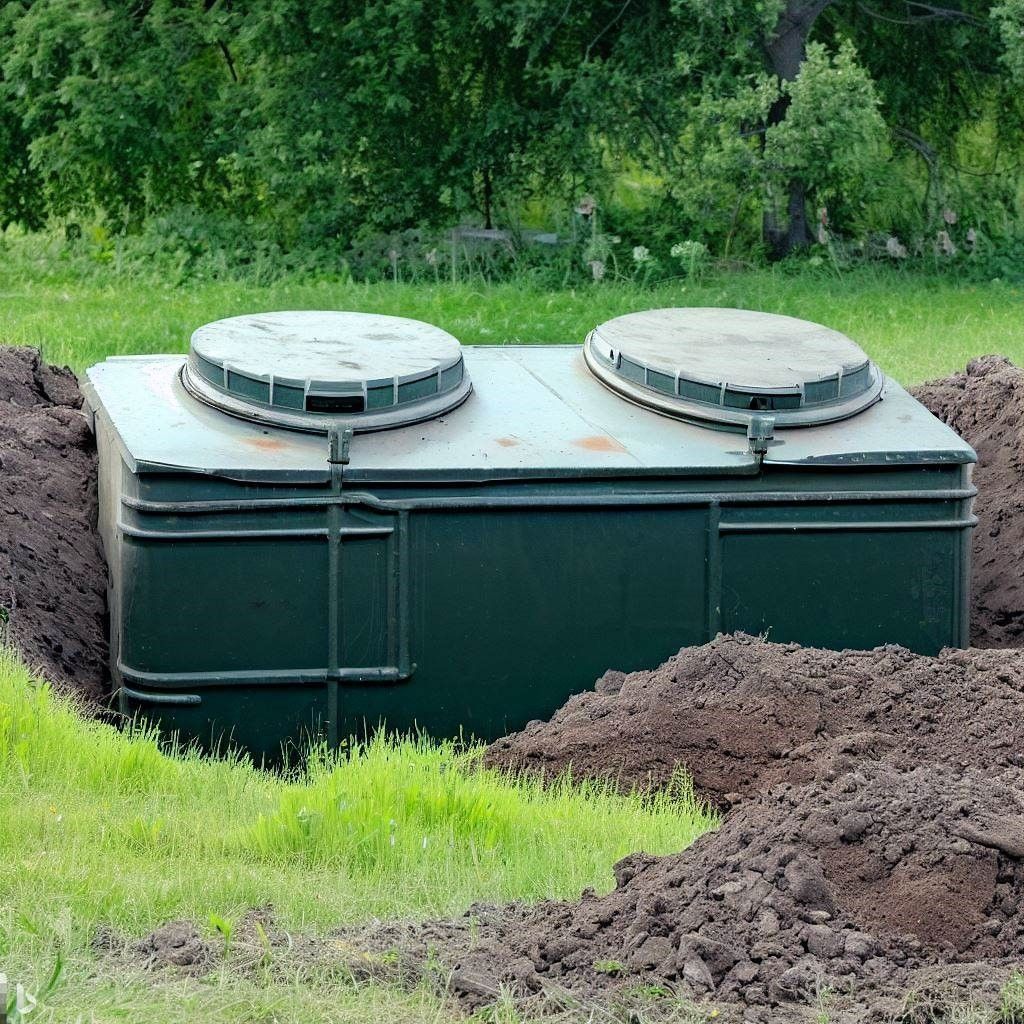

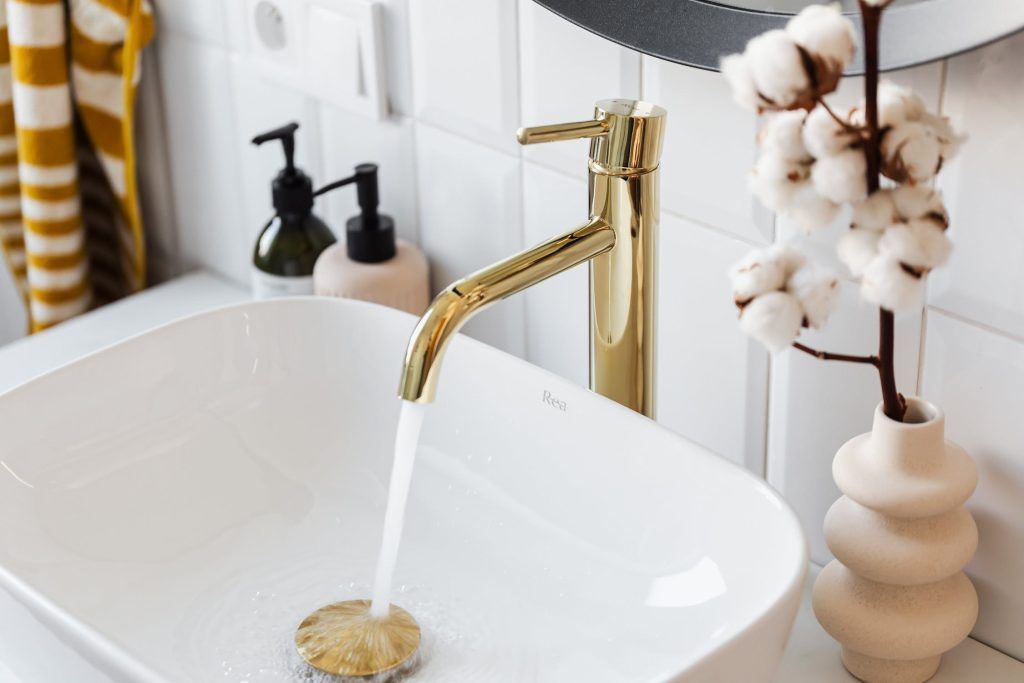
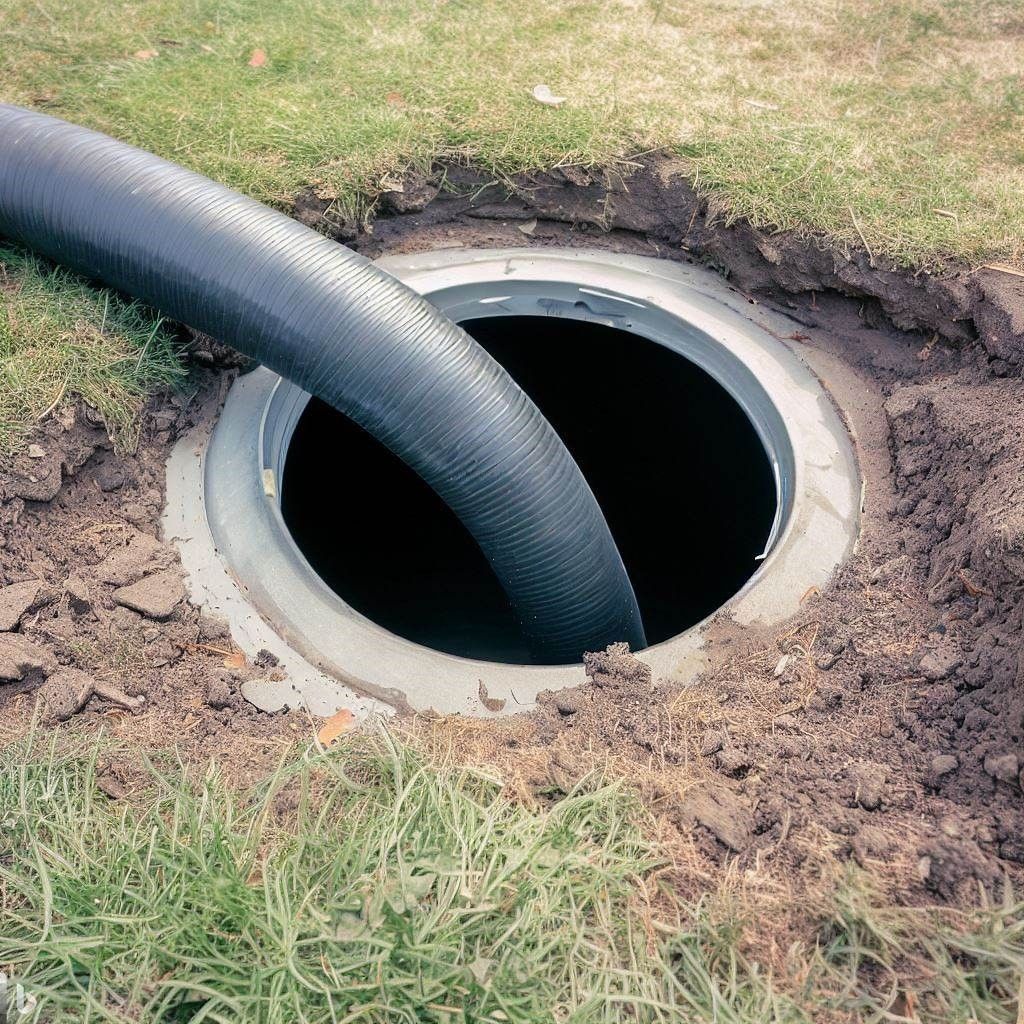
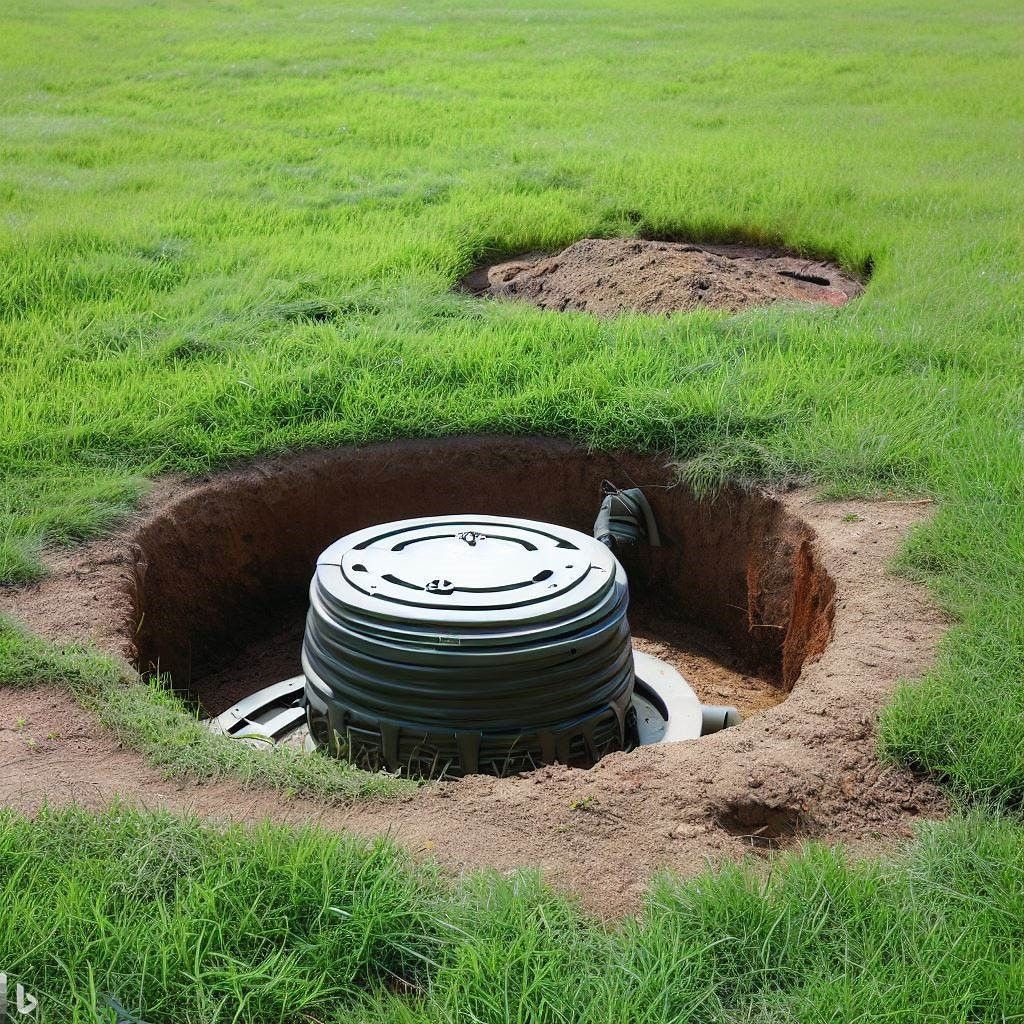
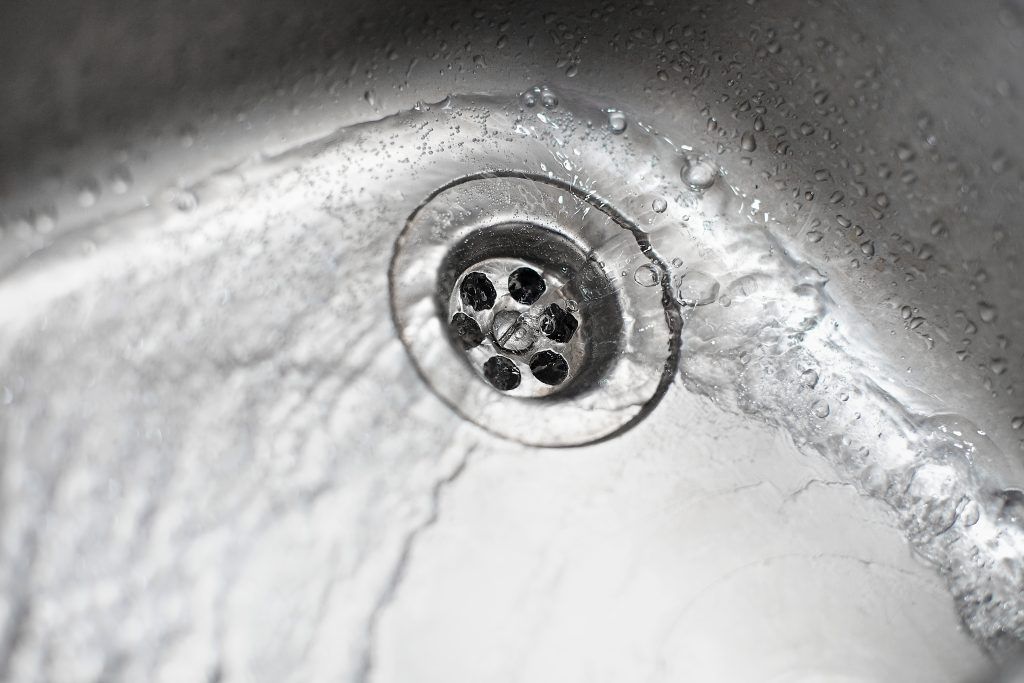
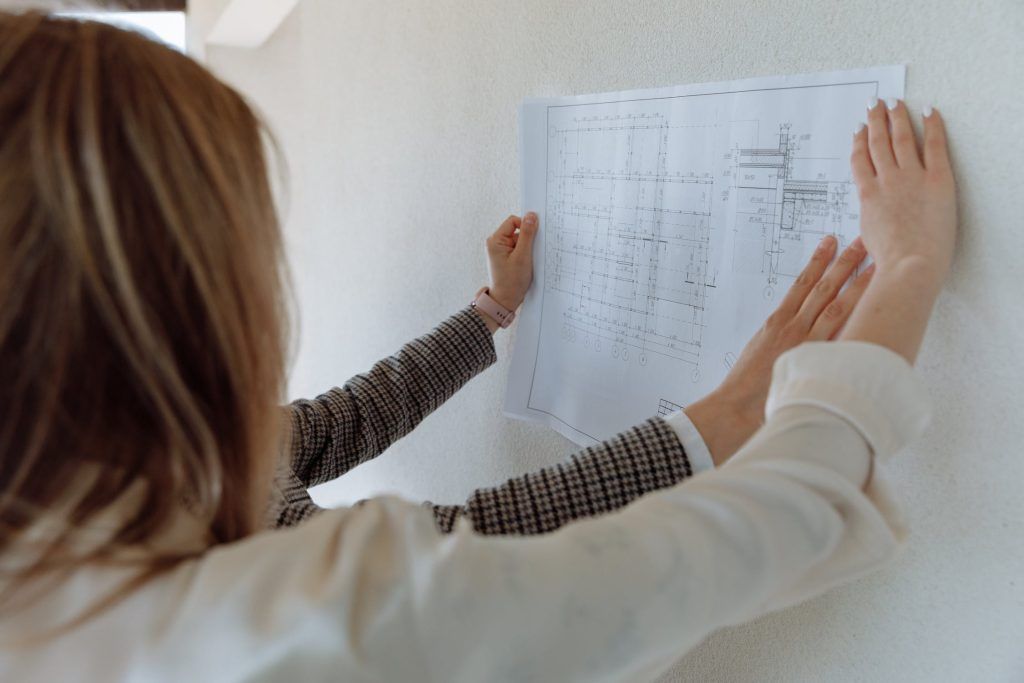

Stay Connected With Us
Contact Us
Quick Links
Business Hours
- Mon - Fri
- -
- Sat - Sun
- Closed
Economy Septic Service Inc.
